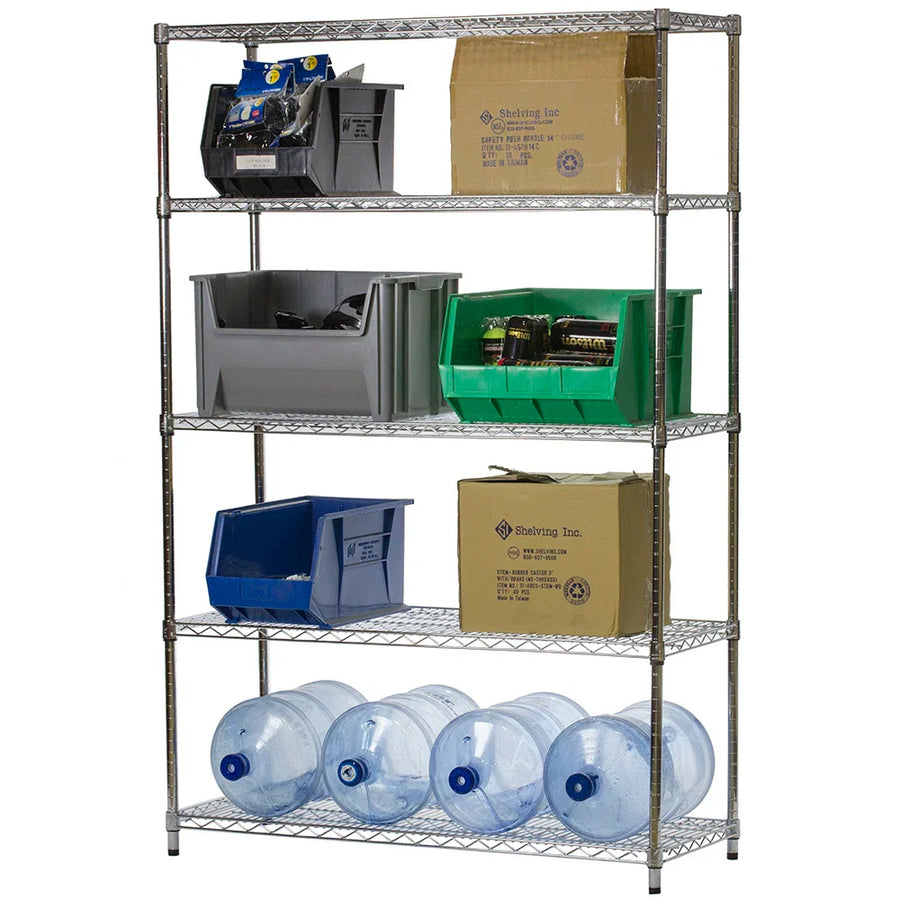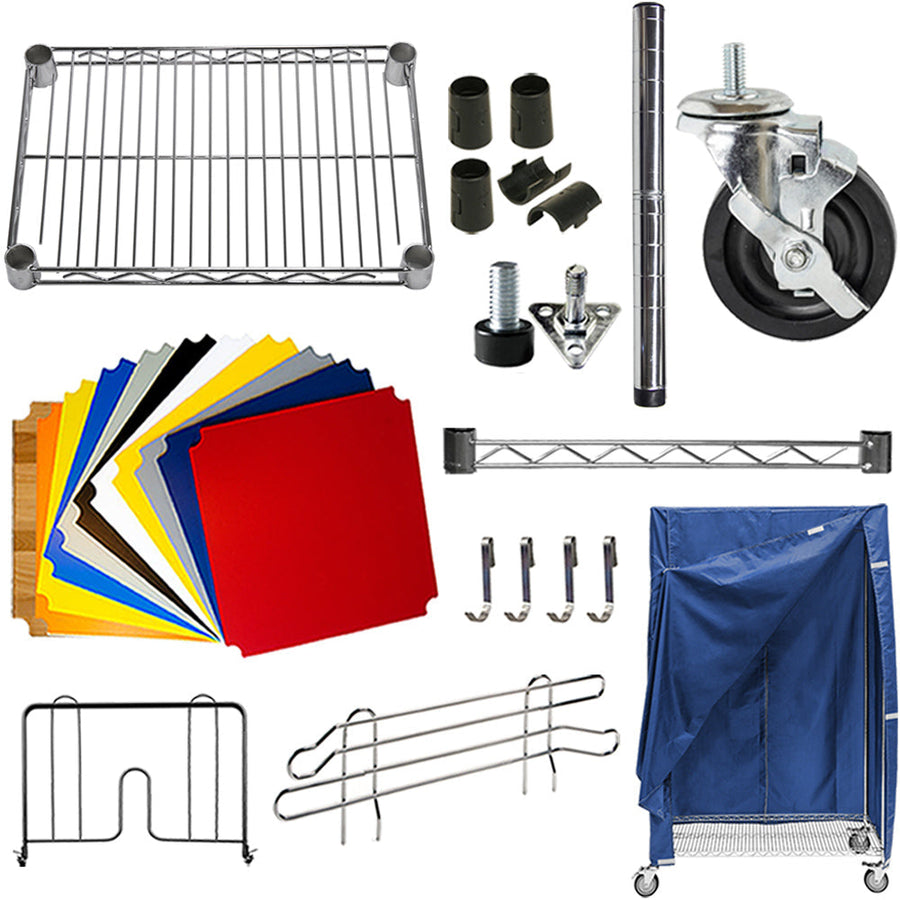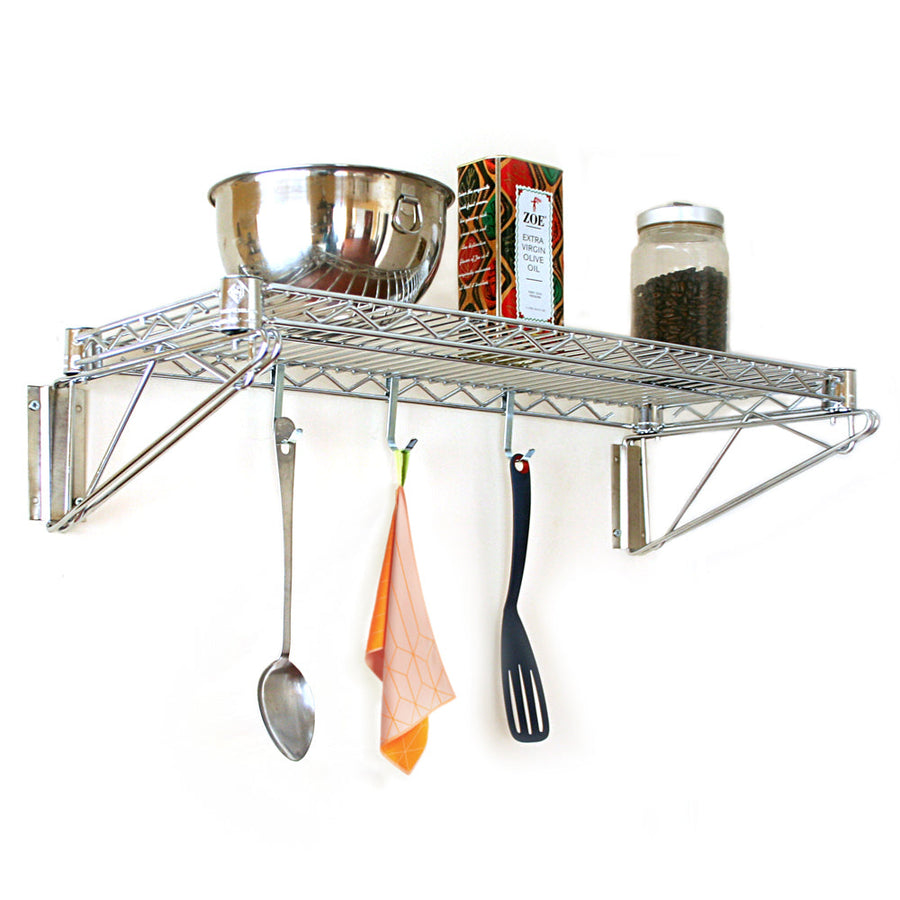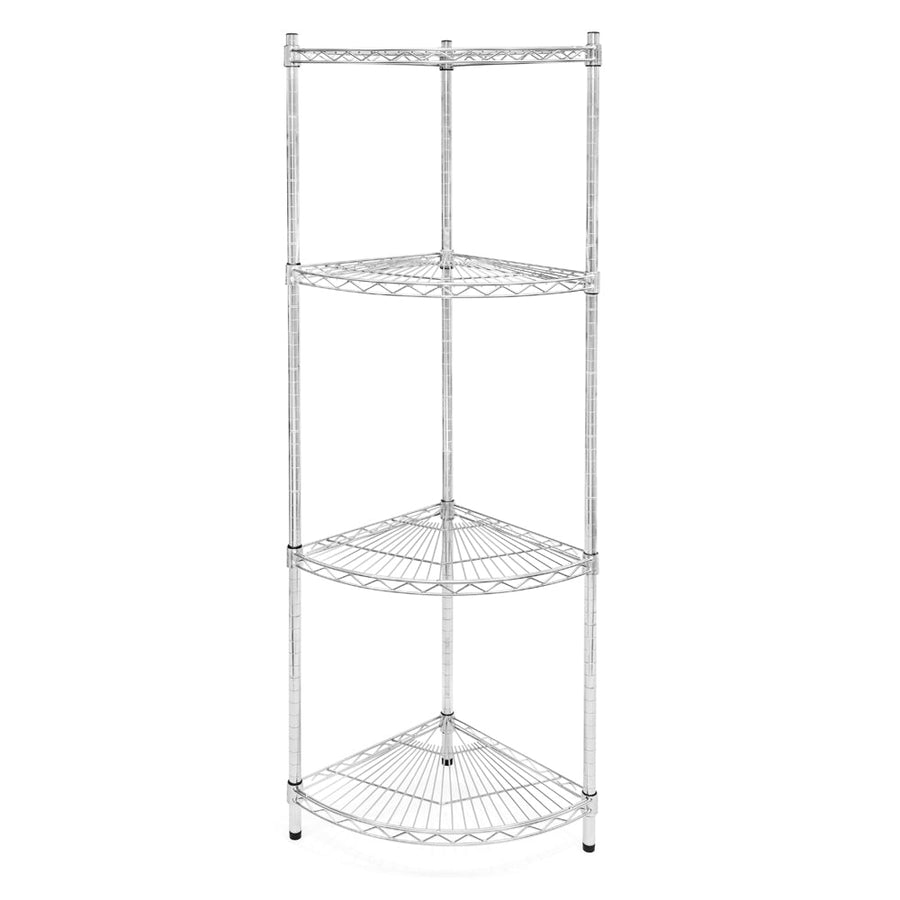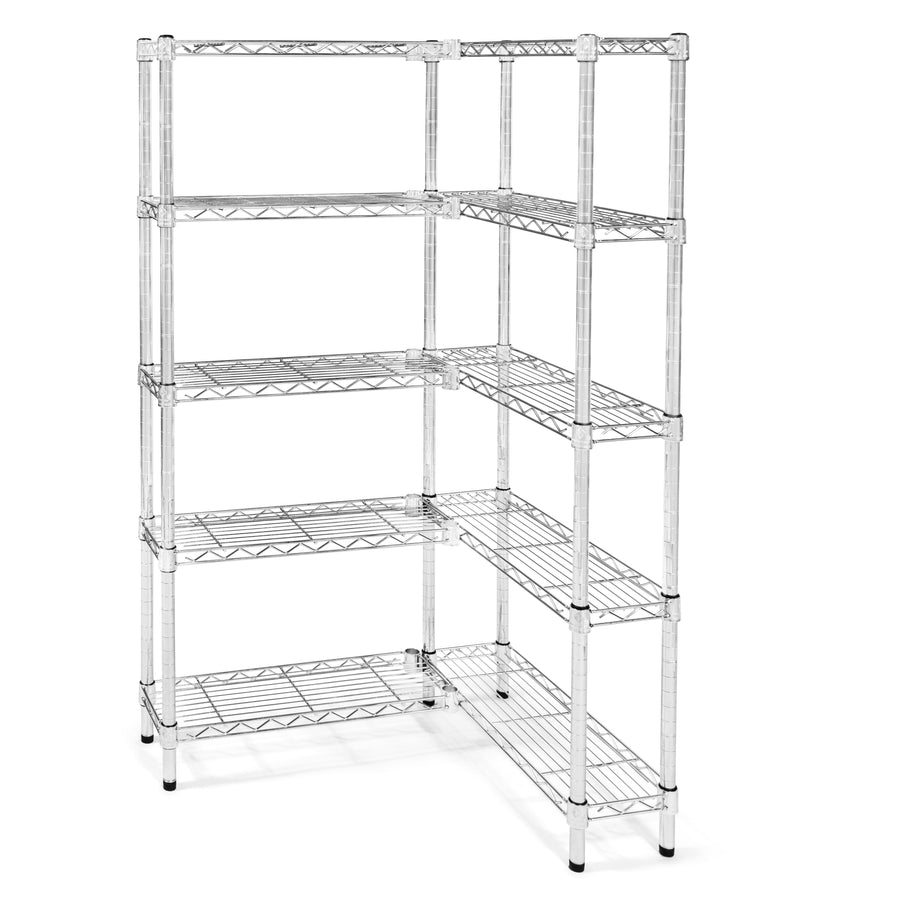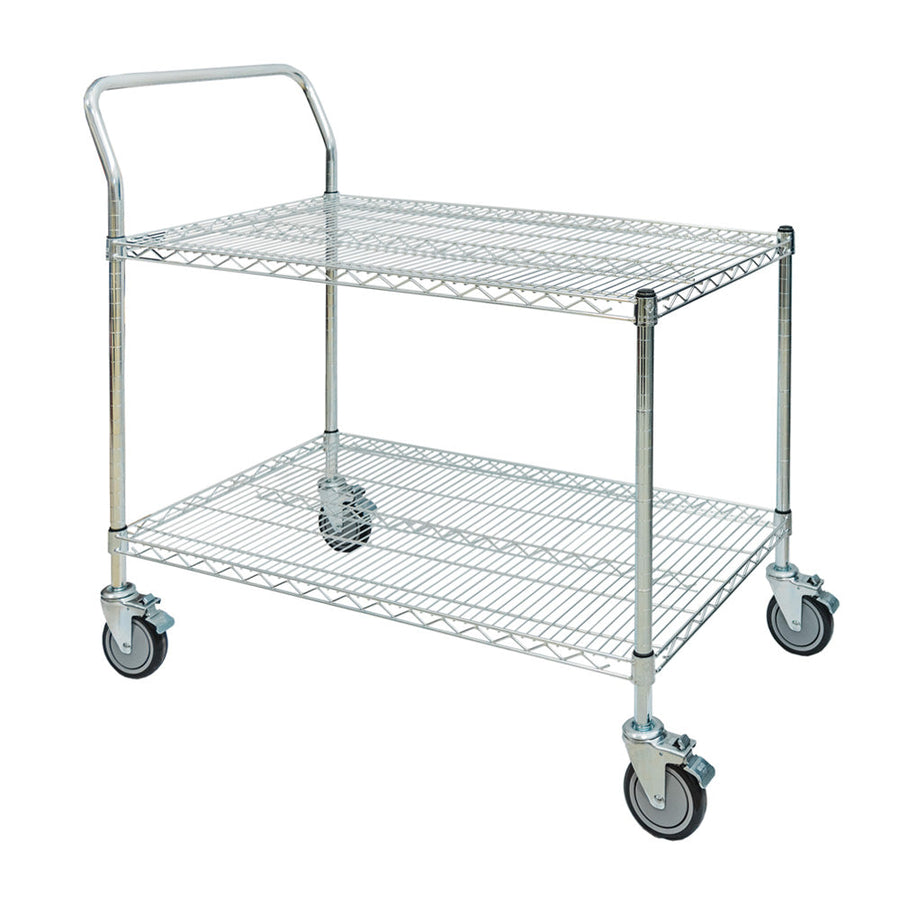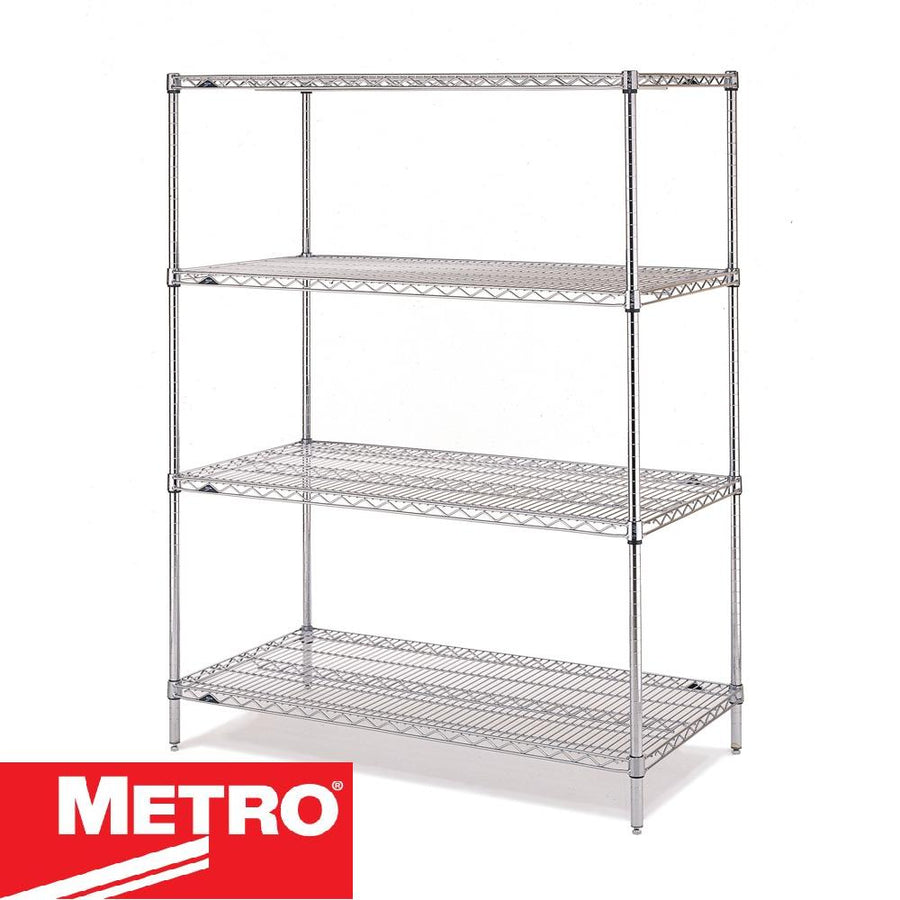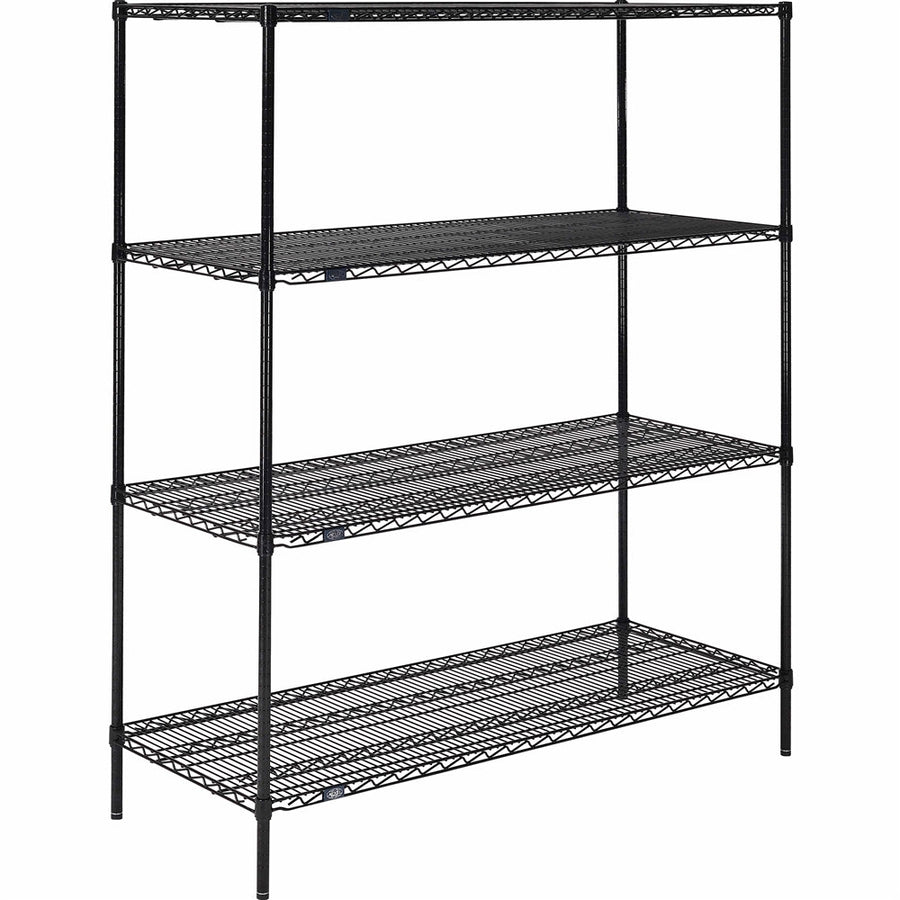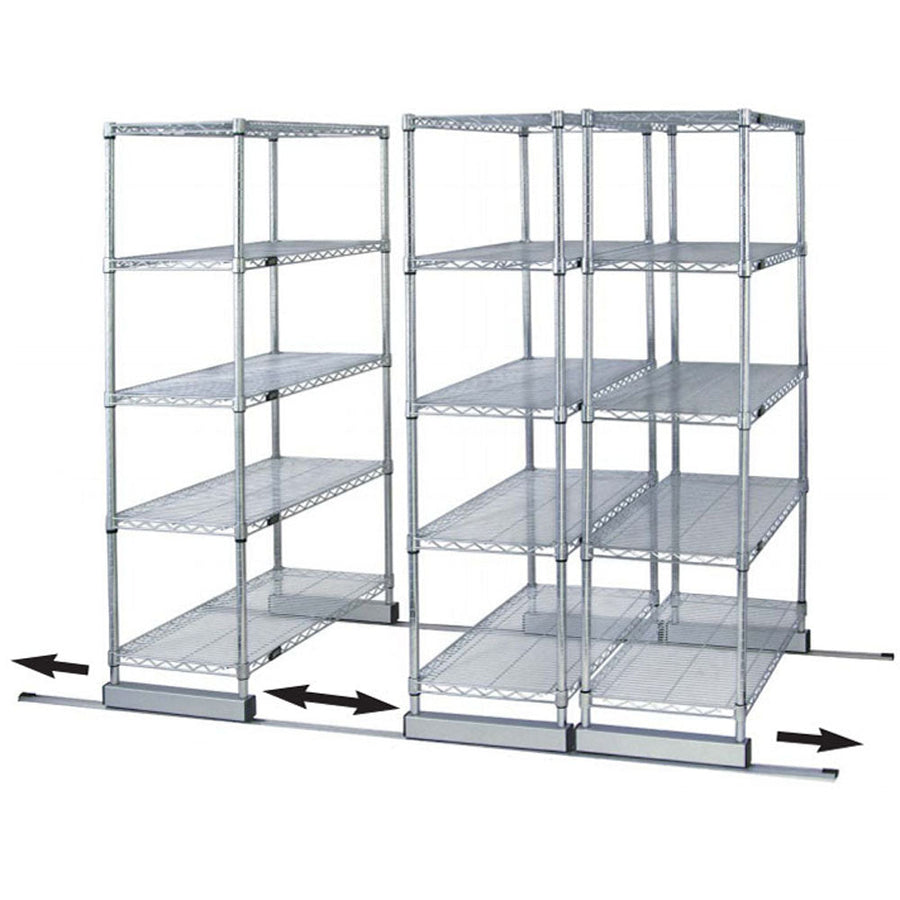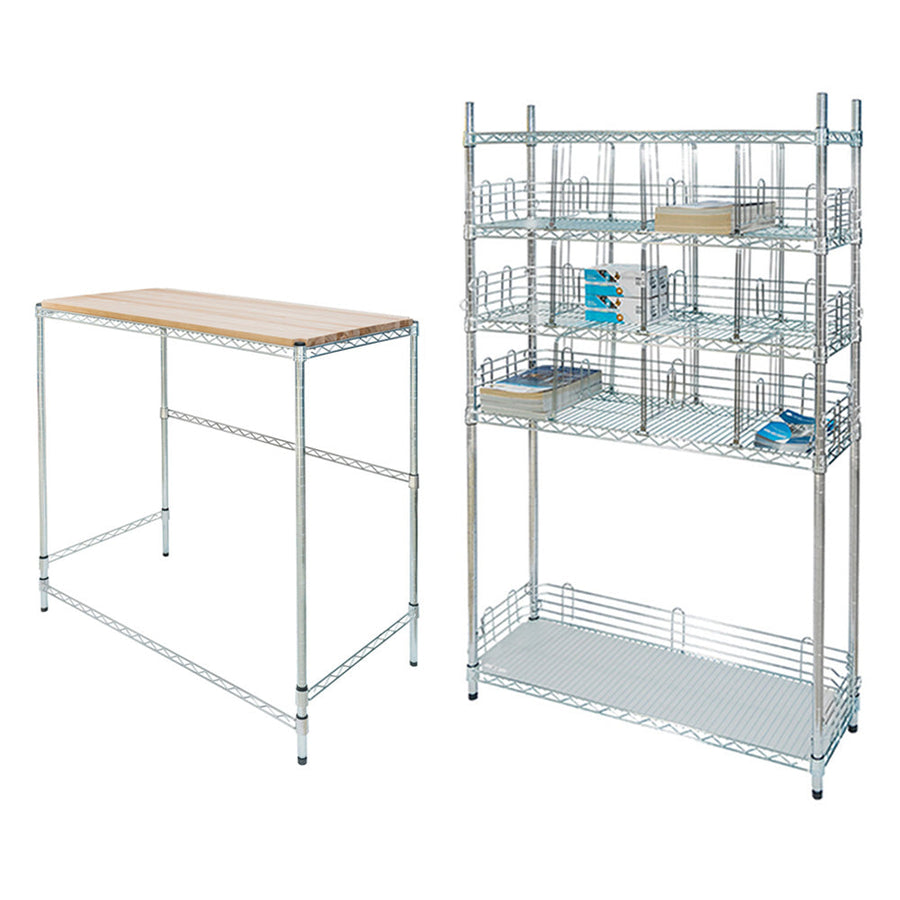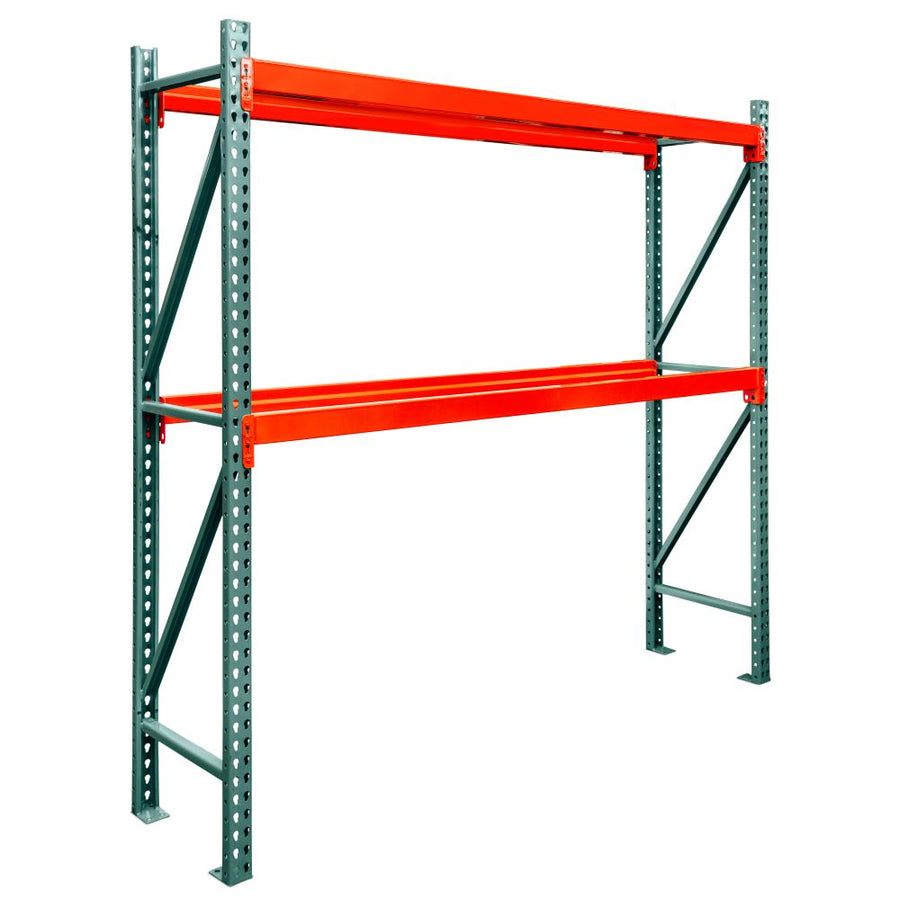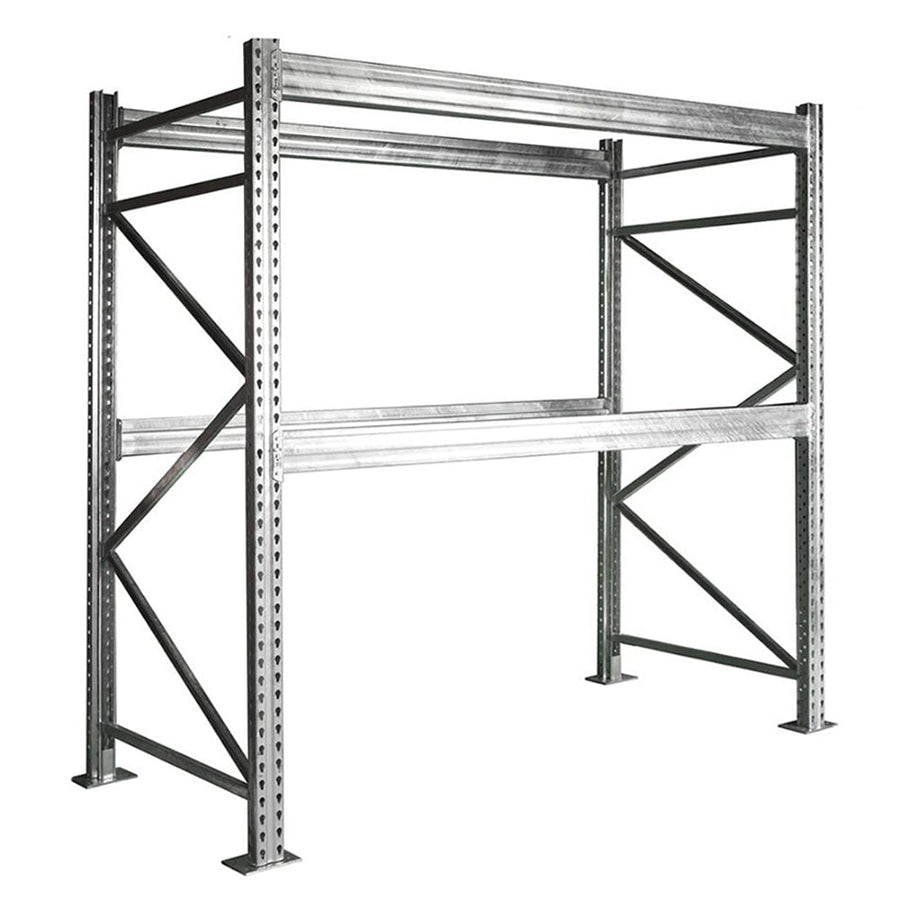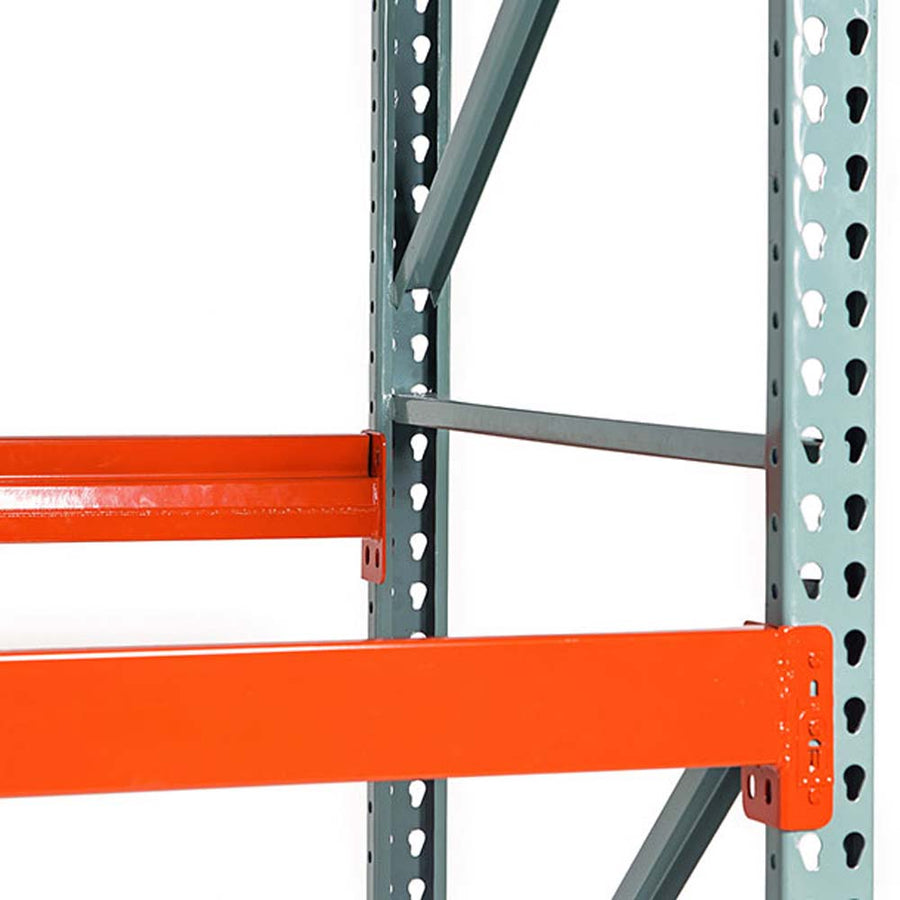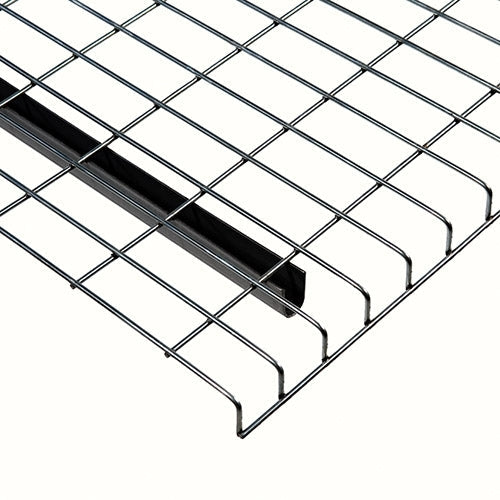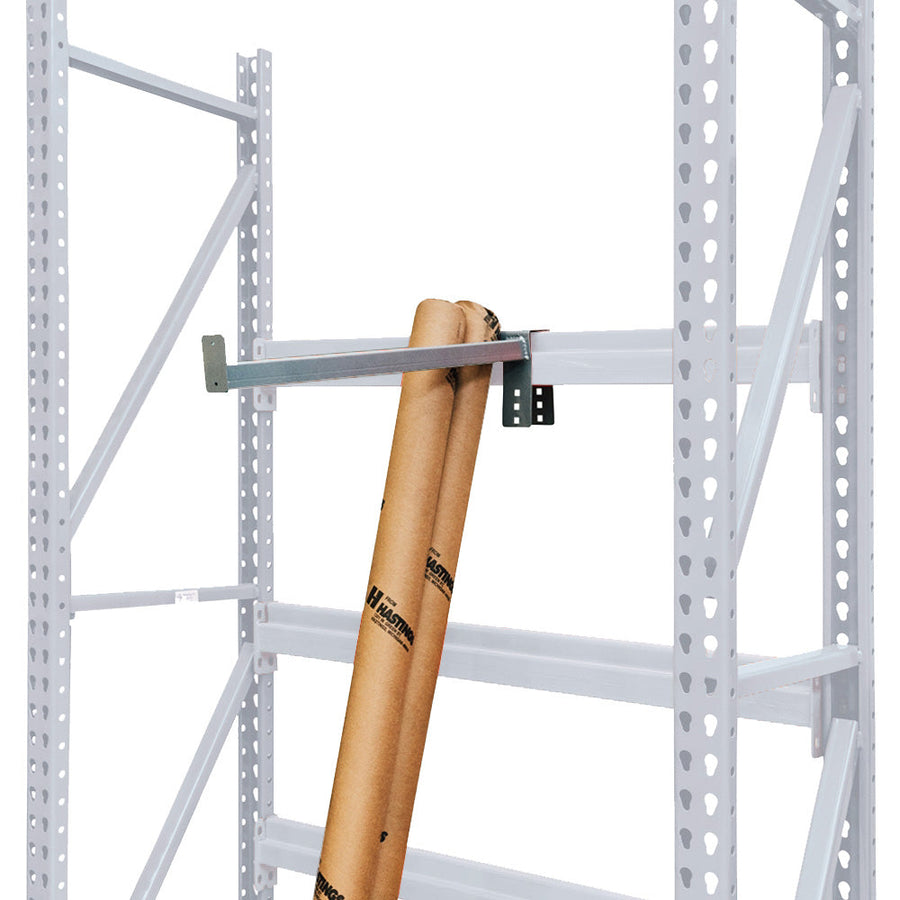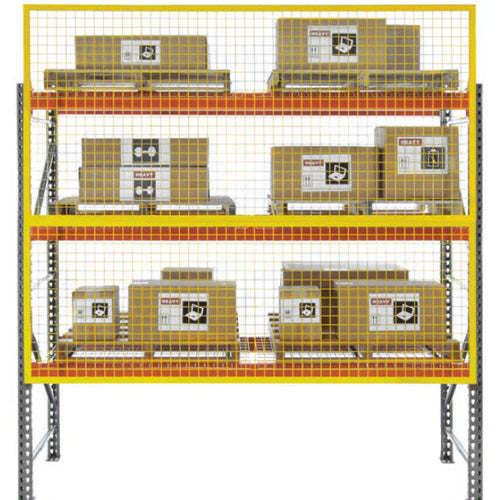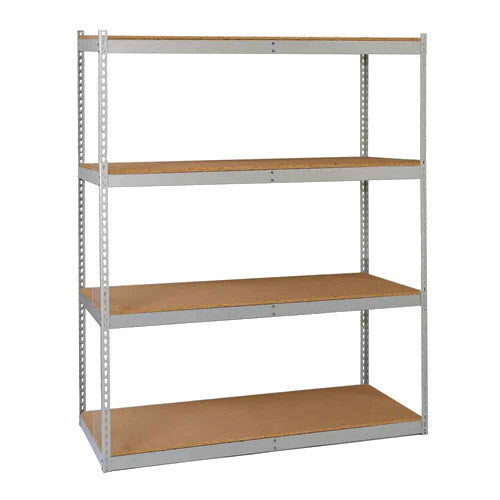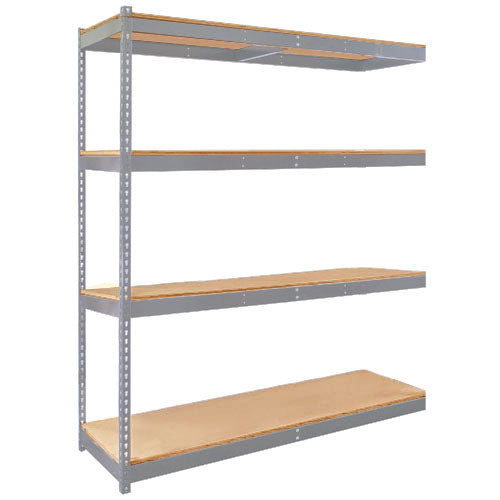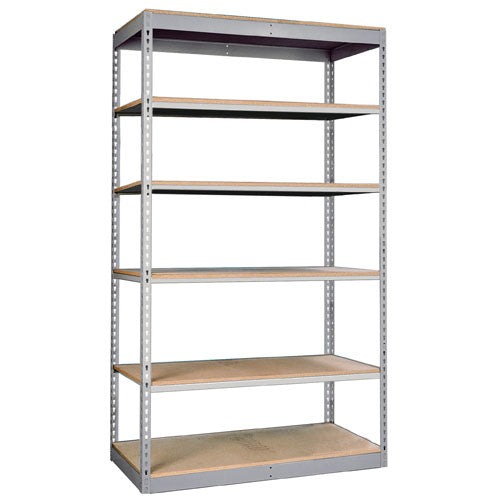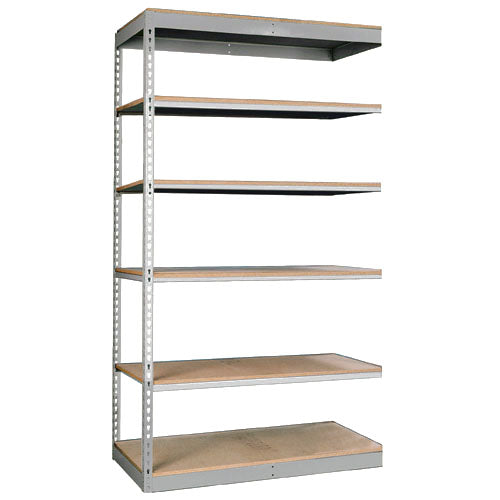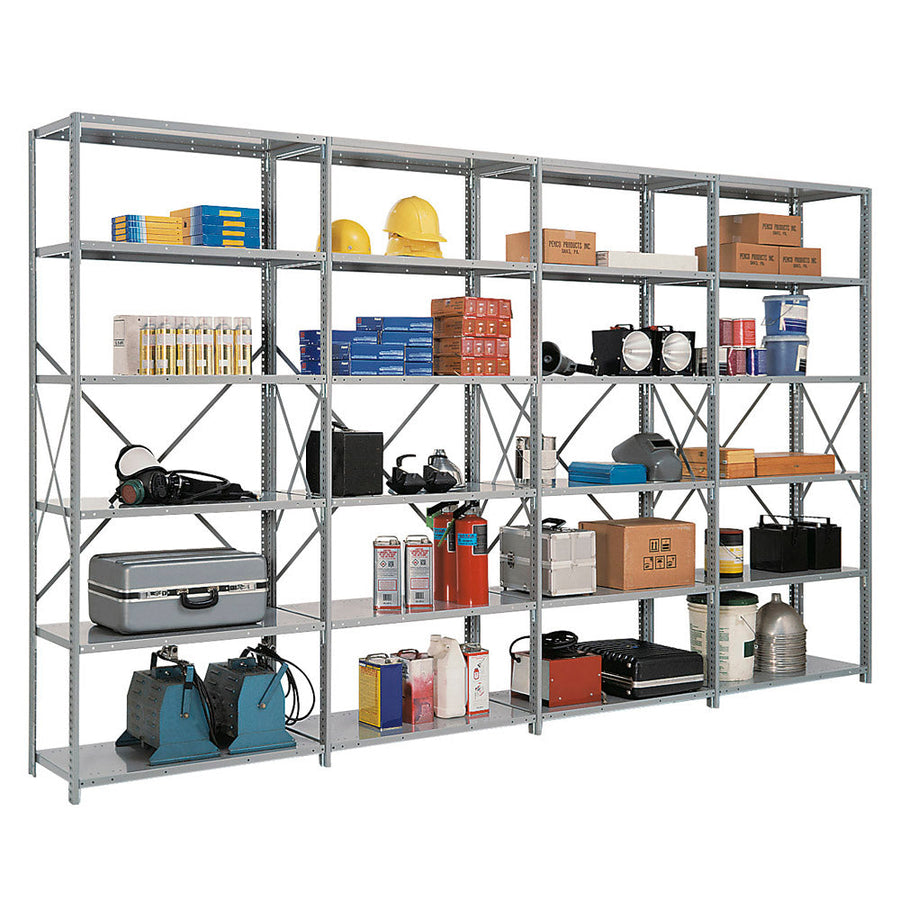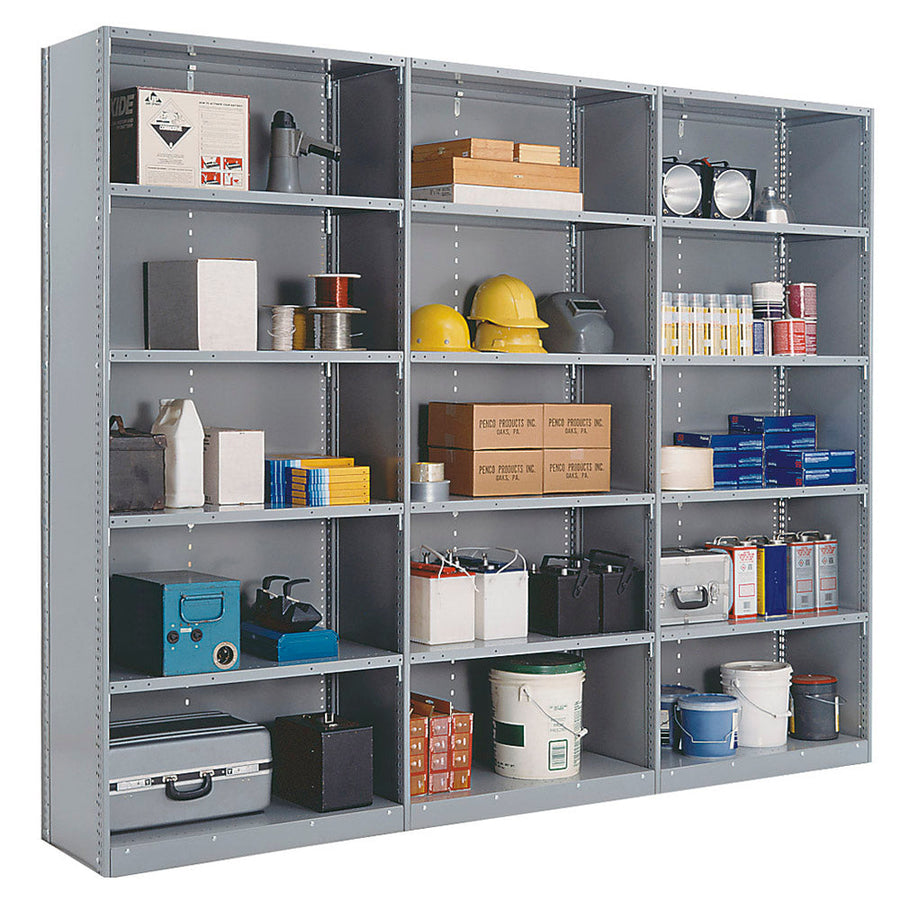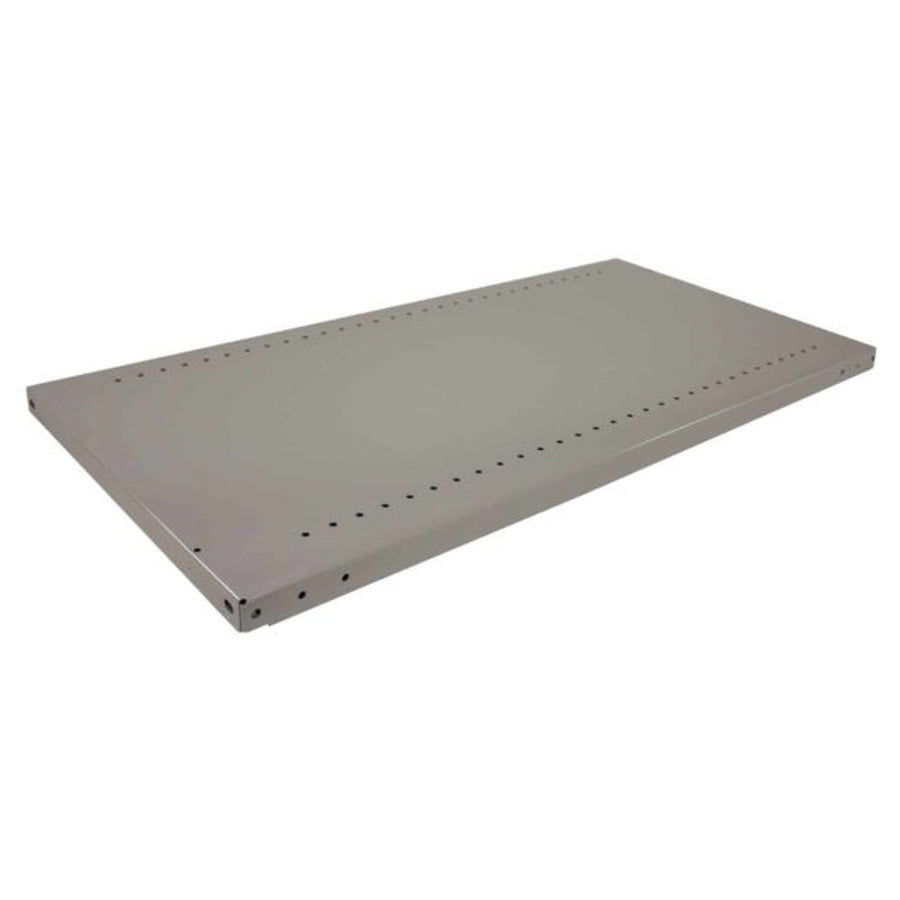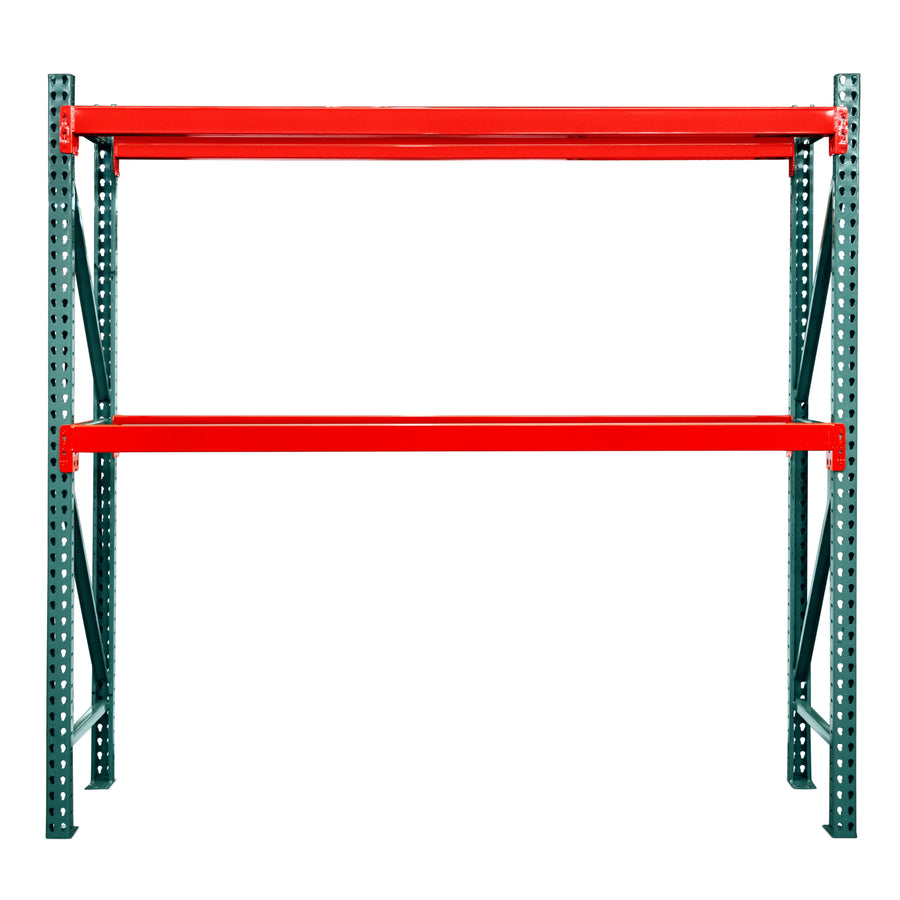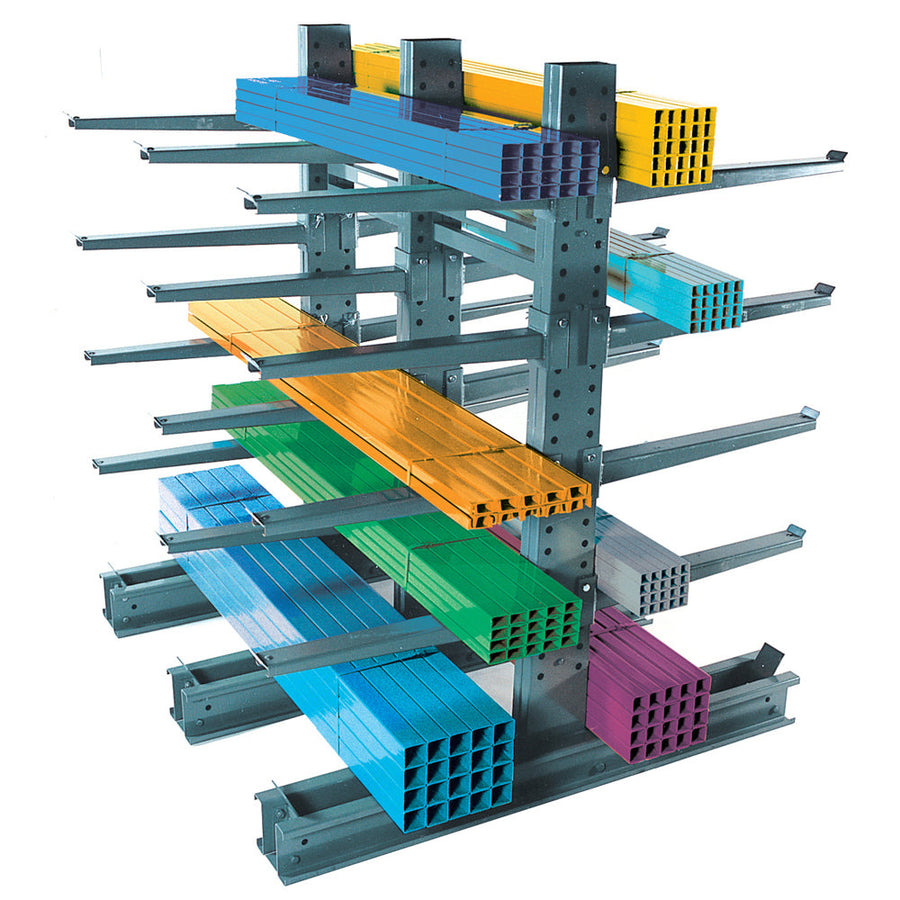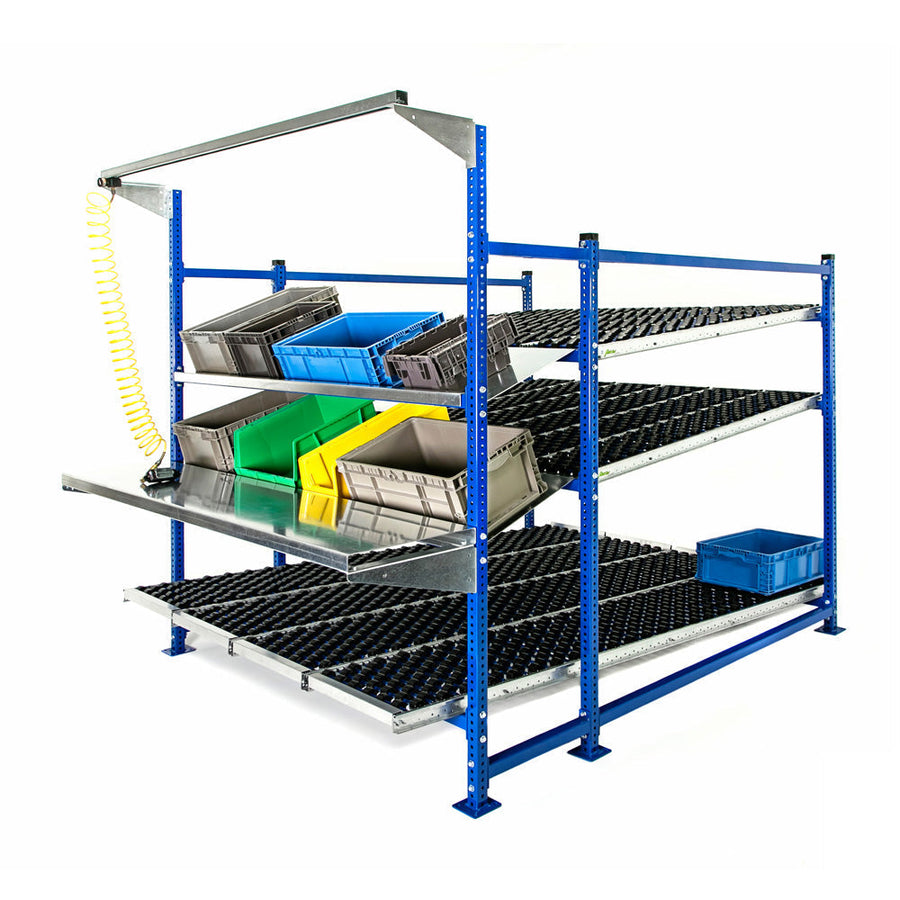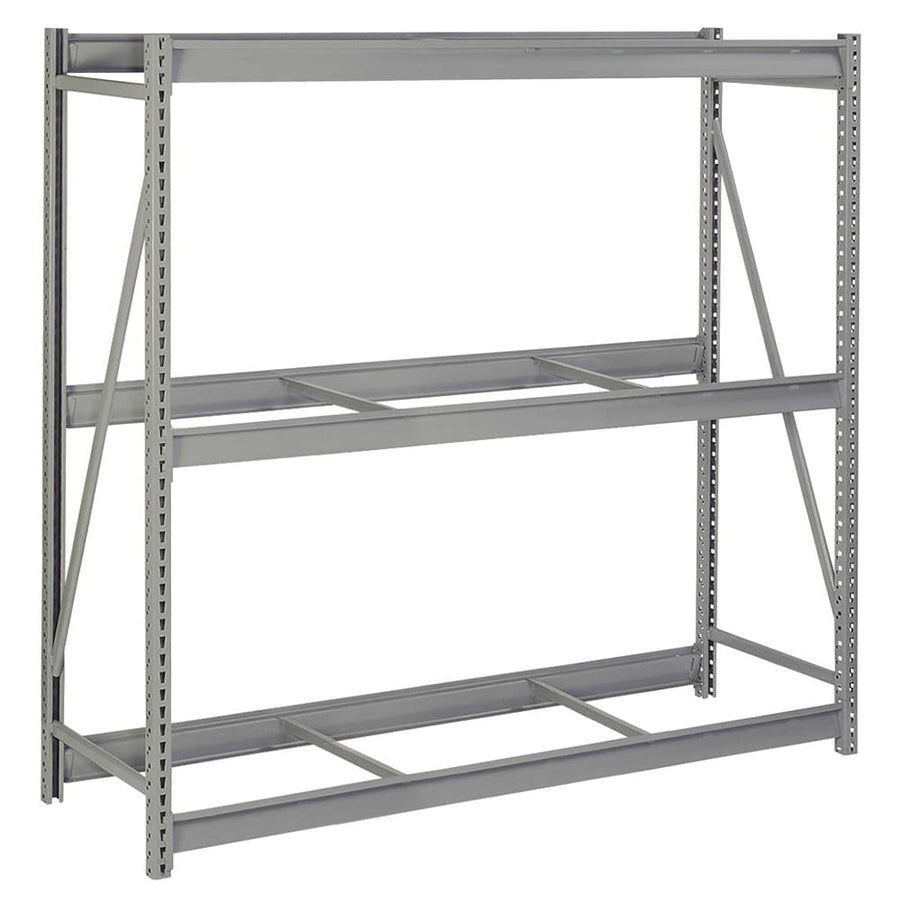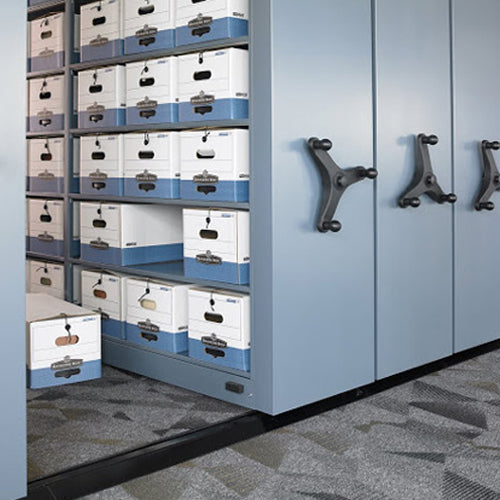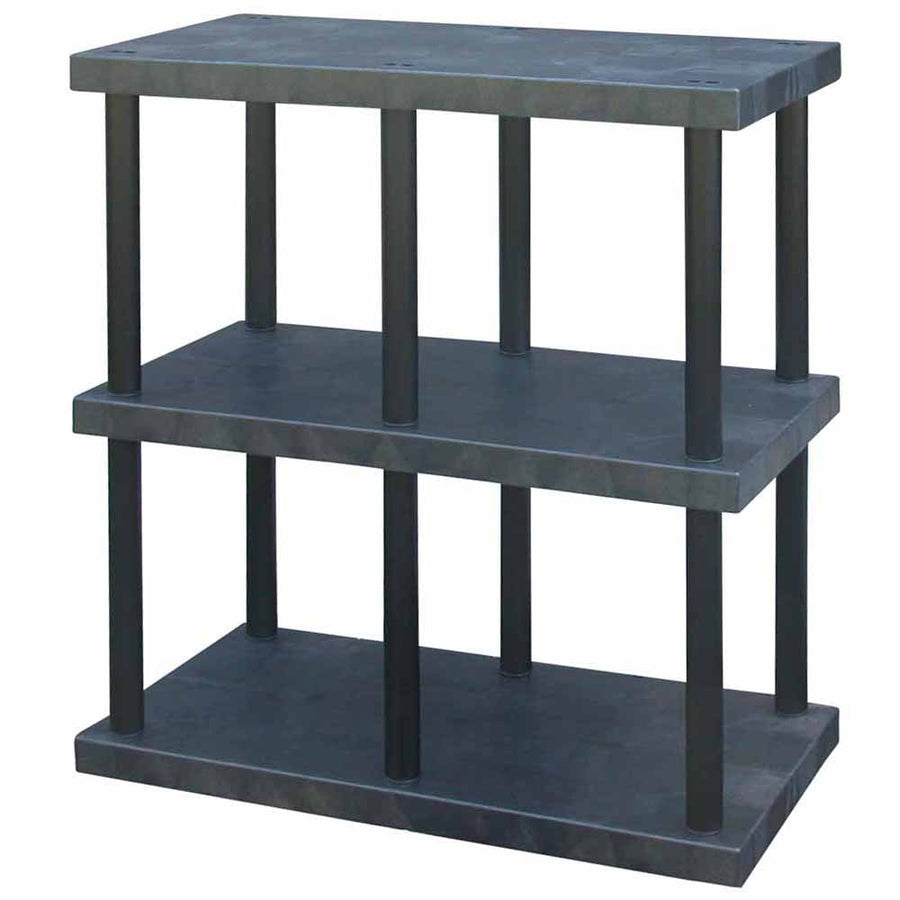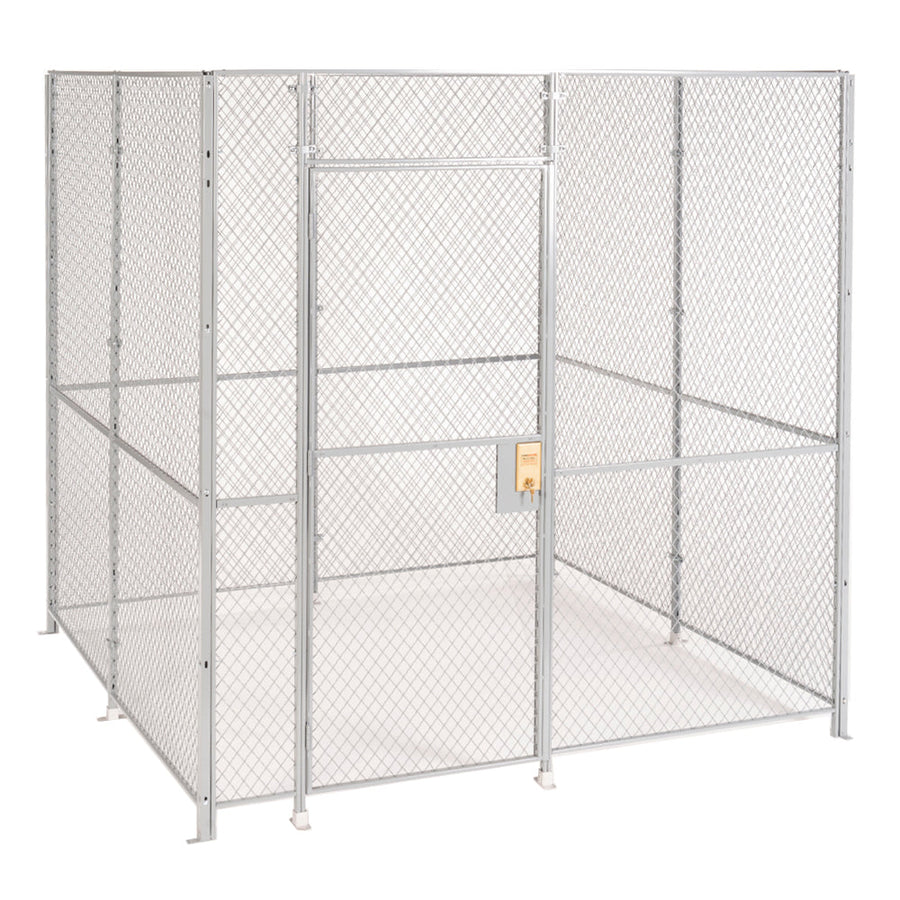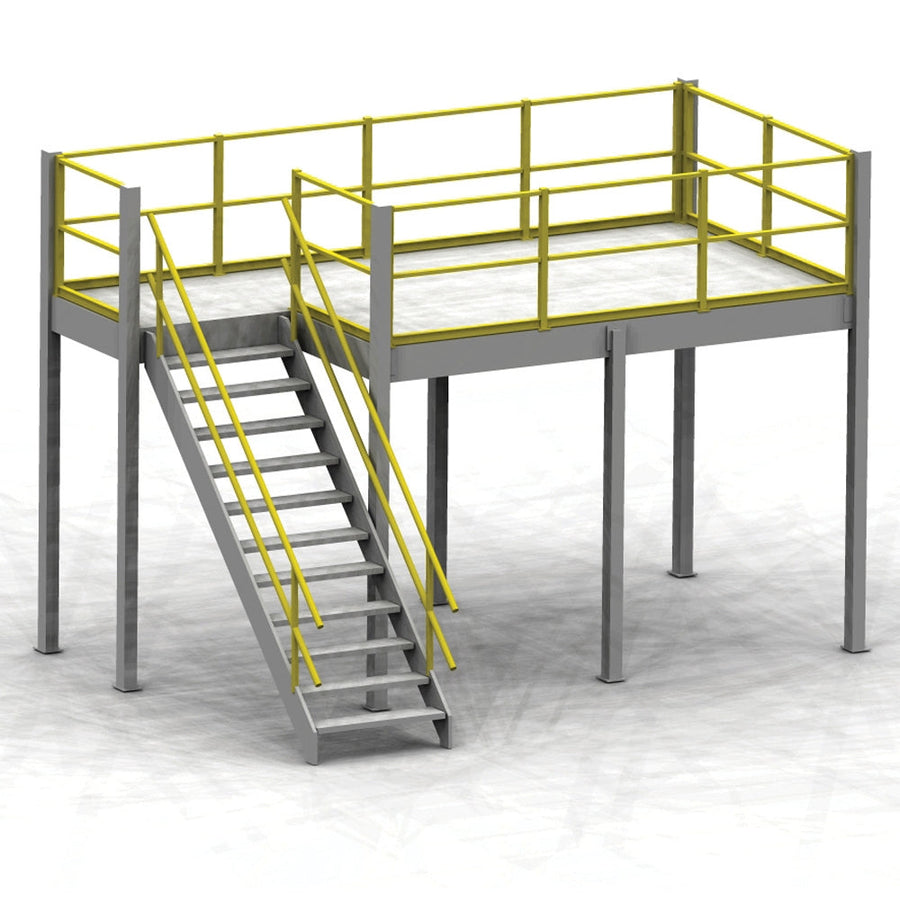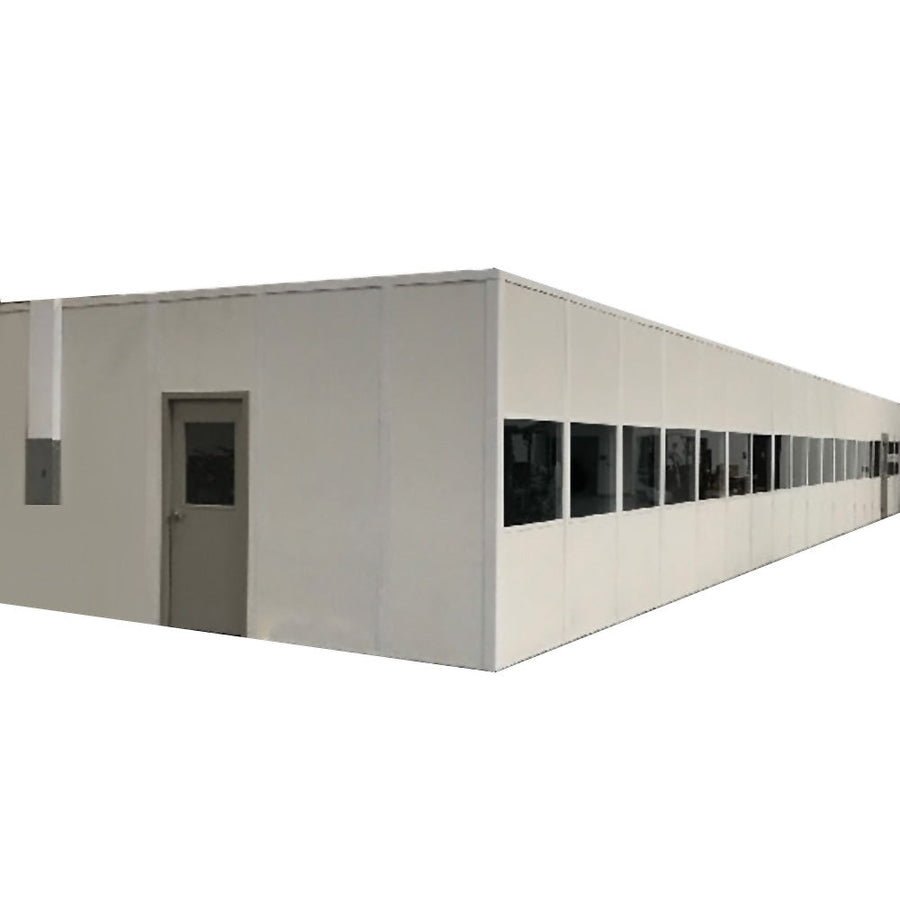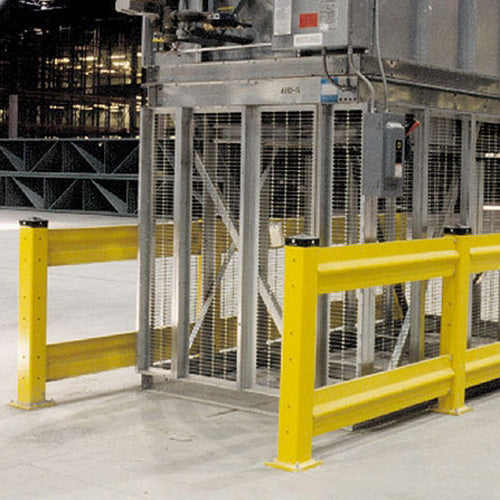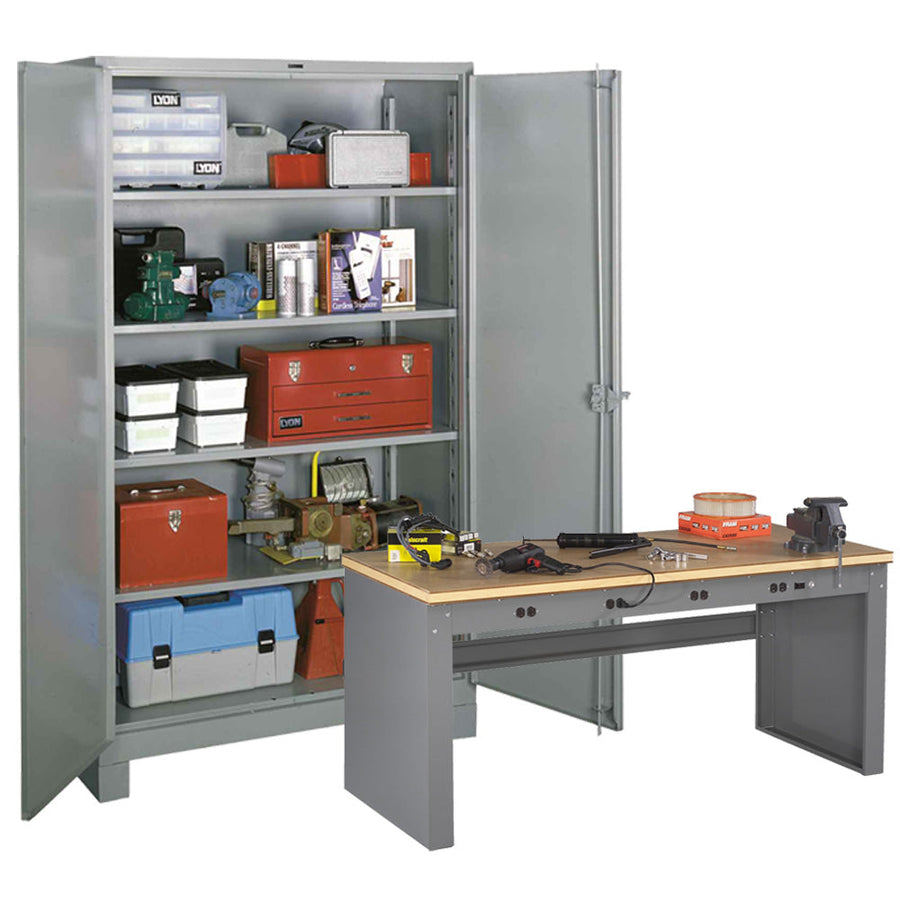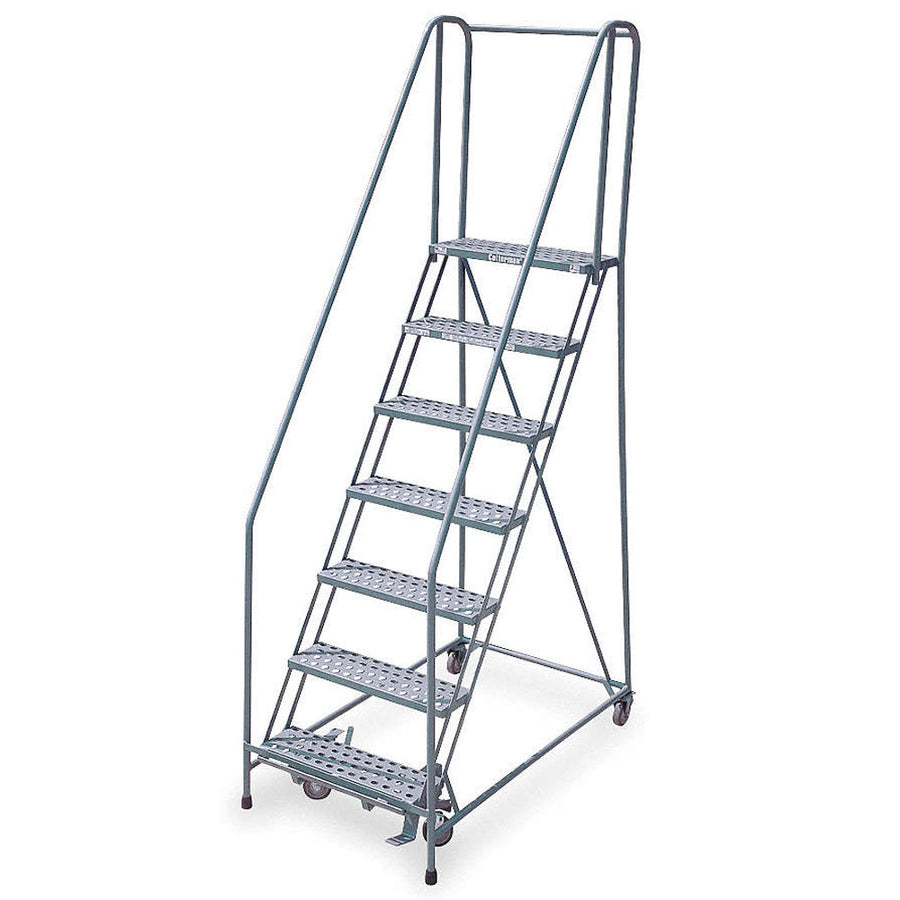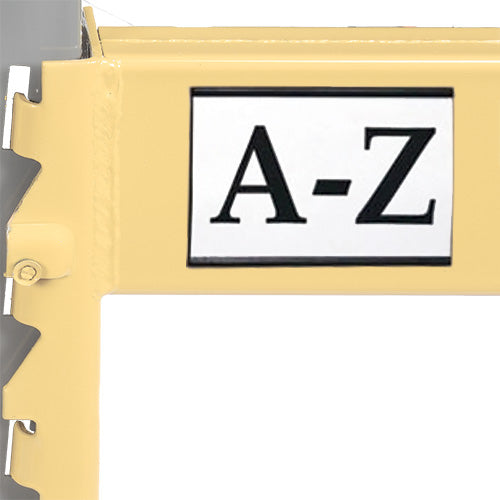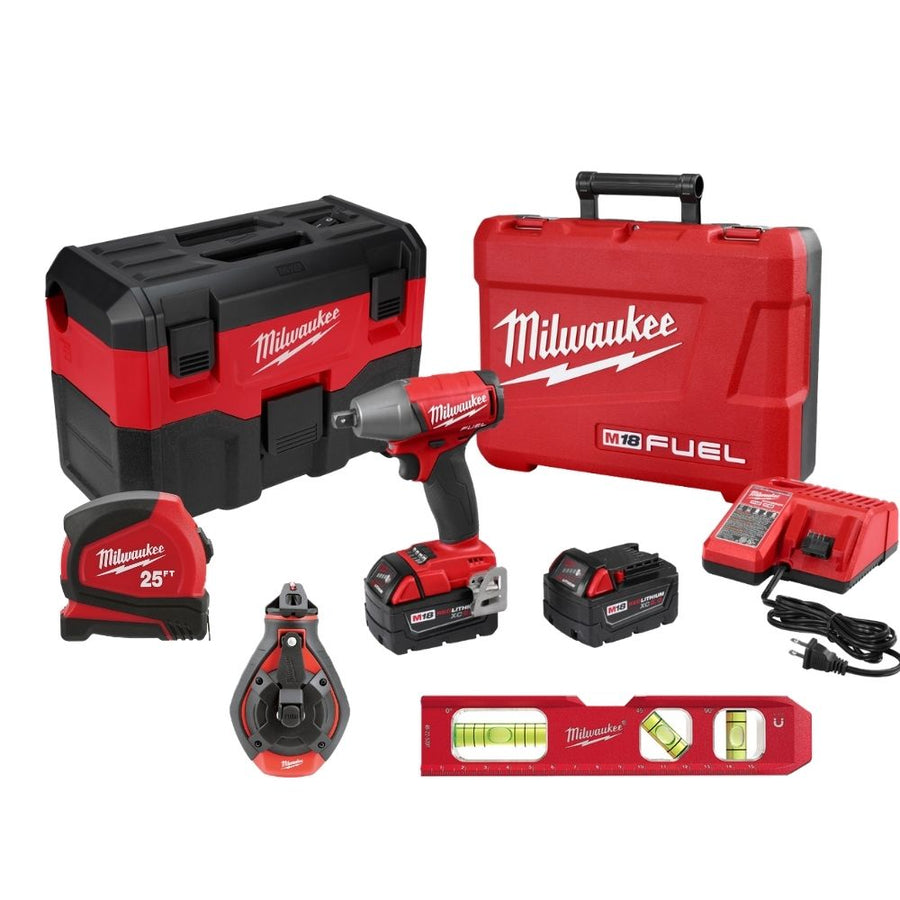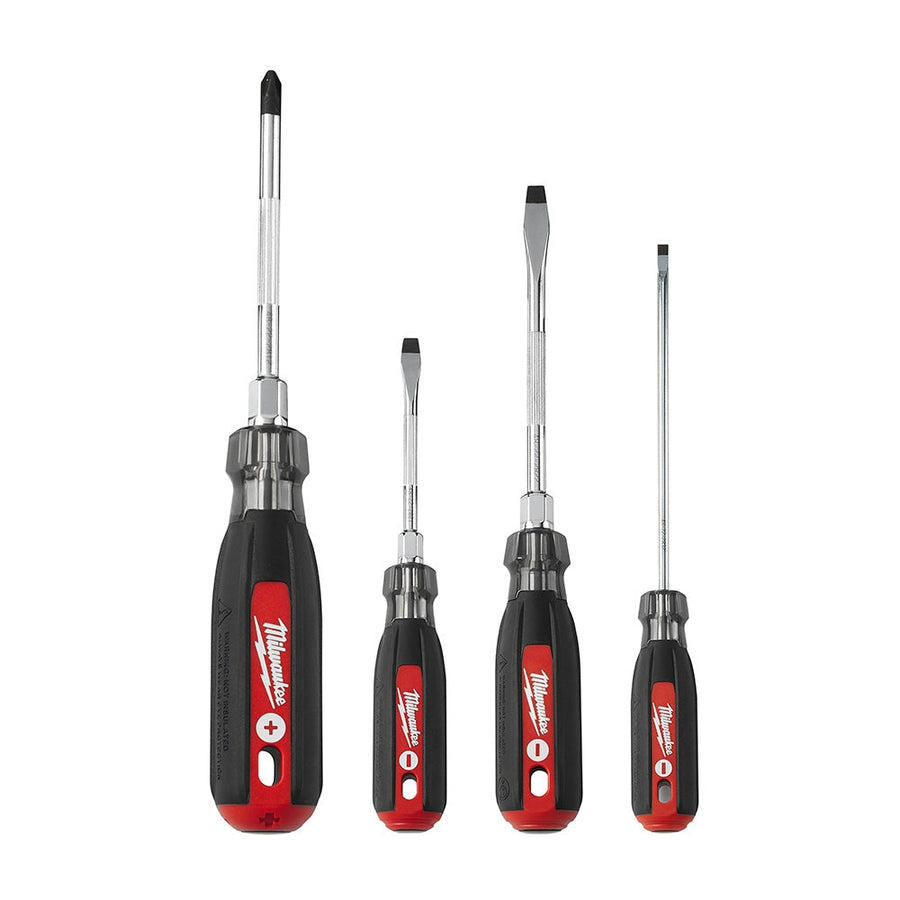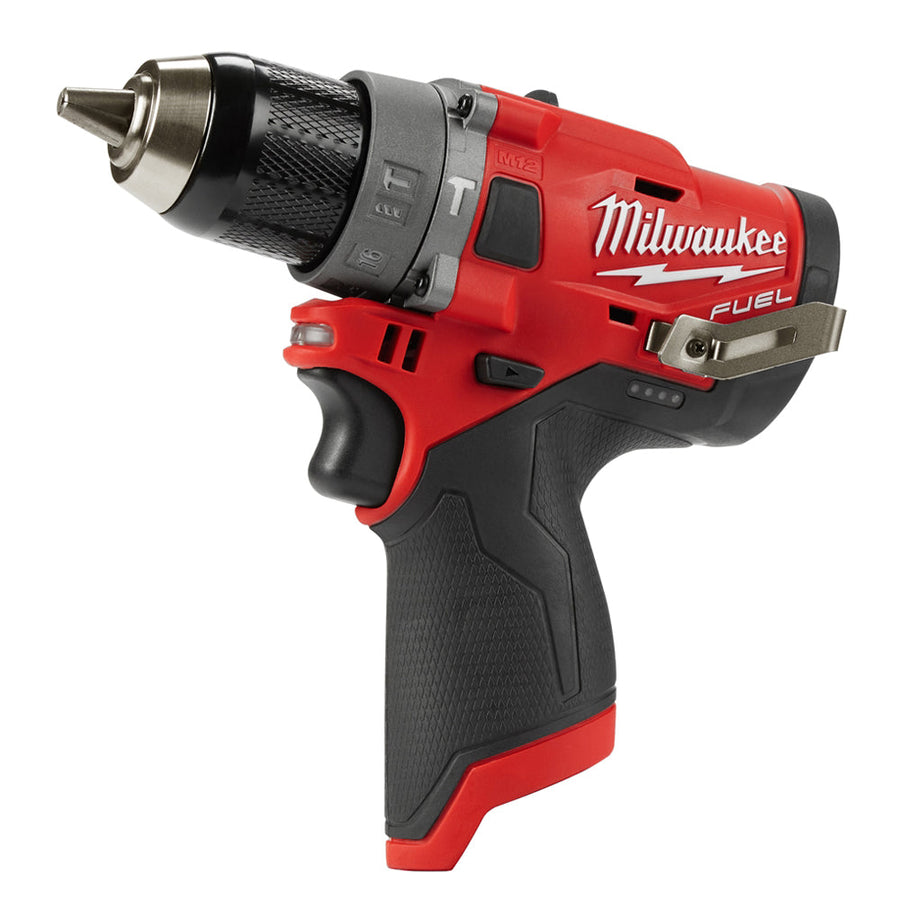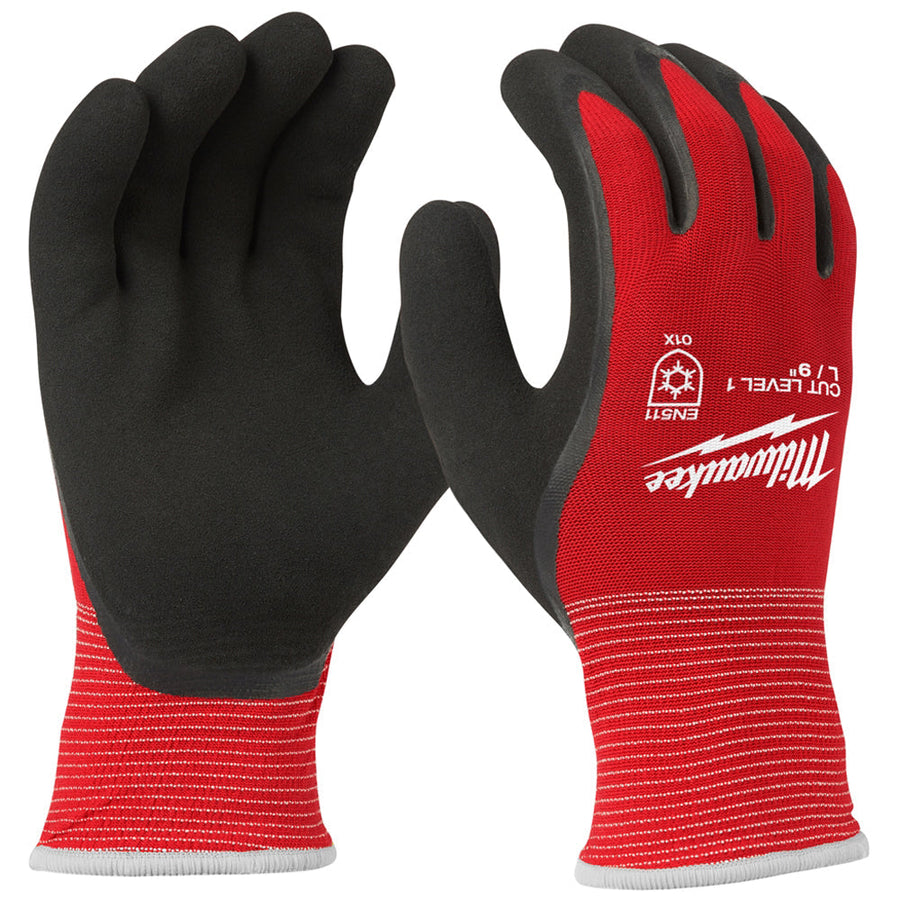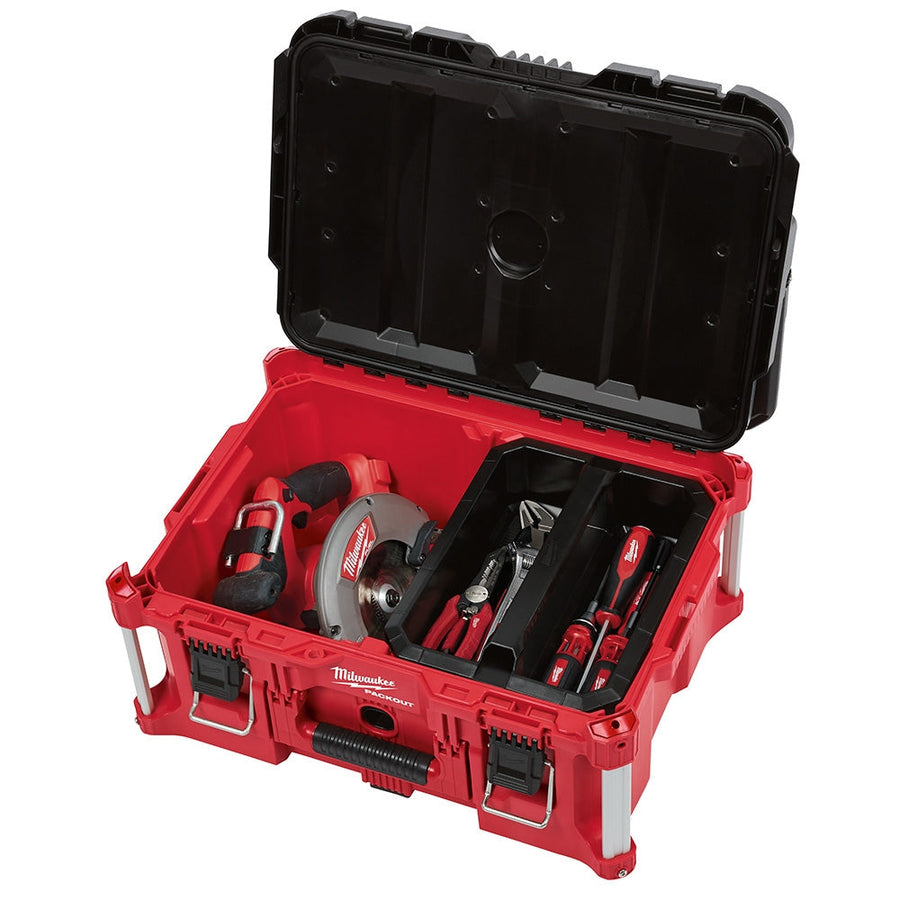From the major national brands to the batch-made local favorites, beer distributors are the backbone of the beer industry.
Serving as something of a middleman between the brewers and the retail outlets that sell them to the customer, beer distributors fulfill many different roles in the process - shipping/logistics, distribution, and even storage until new product is needed.
This means that beer distributors tend to have pretty cluttered warehouses, even on the best day. And even with as much fun as beer can be to drink, it can be a bit of a challenge to keep it all safely organized until the beer gets to its final destination.
Beer Warehouse Organizing Tips
Pick a sorting method
The first step, as it often is with warehouse organization, is to figure out exactly how everything should be organized.
Large-scale beer storage tends to come in one of two ways: alphabetically by brewer, or by volume of product. This will depend on your specific warehouse and the amount of goods you deal in, as each one has their own advantages. Alphabetical organization tends to be the easiest for your team to navigate, although it can cause some smaller products to get lost in the shuffle if you have a local brewery sandwiched between two of the big nationwide organizations. Sorting by volume can help keep the smaller batches with the other smaller batches, allowing for easier distribution of goods as a whole.
Segment your warehouse
From there, you’ll want to further segment your warehouse into needed zones to help your team navigate them more efficiently. Space out your pallet racking and other needed shelves to allow a better flow of traffic, and consider breaking down your beer storage even further - larger cases (30/24 packs) with other larger cases, and keep the more fragile glass further in the back where they’ll be less exposed to damage.
FIFO picking and tracking
With the amount of beer available these days, it can be harder than usual to keep everything organized and tracked in case a customer has questions. As beer enters your warehouse, use a FIFO system to both track product lots (to keep expiration dates current and product fresh) as well as individual orders, to keep things rotating in and out on time and prevent losing a specific customer order among the shuffle.
Proper shelving types
For as consistent as the manufacturing process can be, there’s a lot of variations in how beer needs to be stored. While most beer can be kept at room temperature during the storage and shipment process (as refrigeration tends to mostly happen at the retail level), the way they’re stored beforehand can have a big impact on flavor. Try to use shelving like MetroMax shelves, rust proof wire shelves, or even commercial restaurant shelving that can reduce the risk of outside influences affecting the beer’s flavor, quality, or even safety, and pay special attention to any storage requests from the manufacturer - if the brewer says it needs to be kept at a certain temperature, doing so will help maintain your relationship with the brewer AND your clients.
Hopefully, these tips can help keep your business rolling smoothly, your beer fresh, and your customers happy!


